Here's What's in Season in January with a January produce guide you can use as a quick reference guide when you visit your favorite Farmers Market!
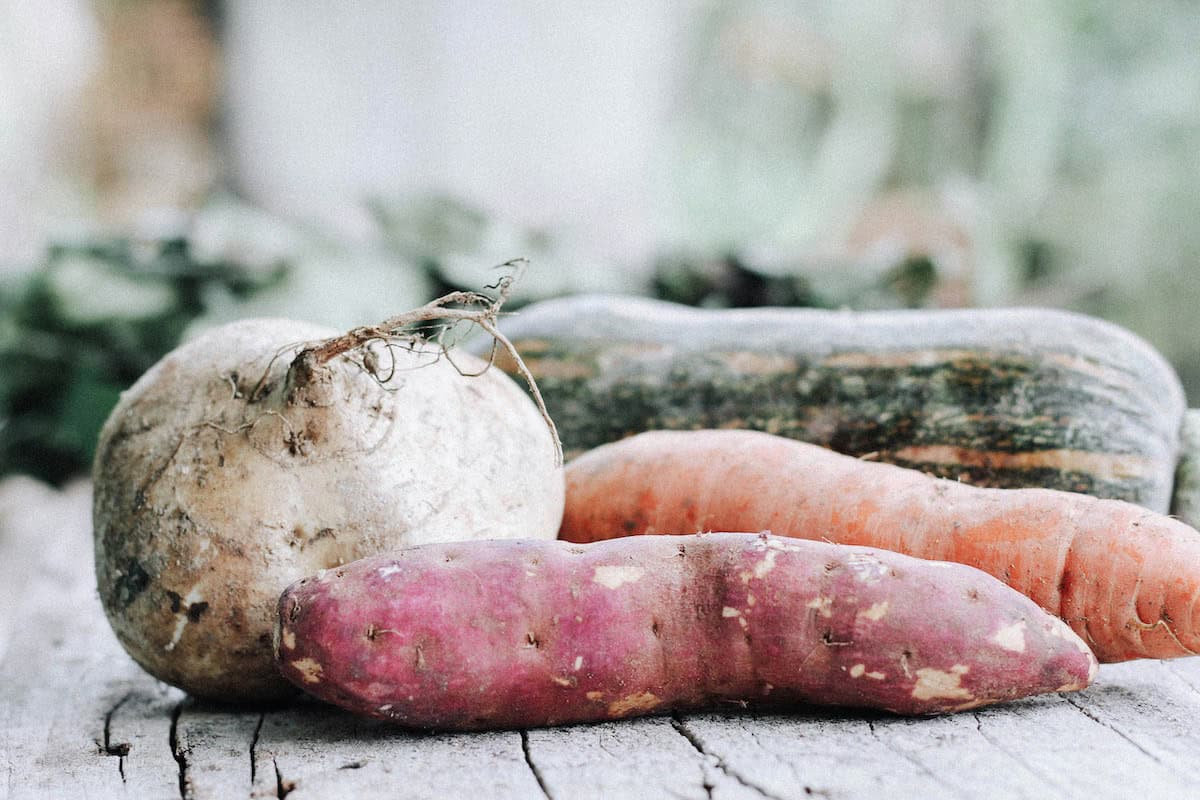
Jump to:
- Health Benefits of Seasonal Eating
- Benefits of Seasonal Eating on the Local Economy
- Environmental Benefits of Eating Seasonally
- What's in Season in Texas in January
- Seasonal Recipes for January
- In Conclusion
- Looking for More Seasonal Produce Guides?
- Want More Dietitian Recipes?
- Looking for Nutrition Education from a Dietitian?
- 💬 Comments
It's the month of January and the holiday season has come to an end. This time of year is when many people commit (or re-commit) to healthy eating. A great way to stay healthy this time of year is to incorporate seasonal fruit and vegetables in your meal plans. And there's no shortage of fresh produce to help you with your goals including plenty of root vegetables like sweet potatoes and carrots, winter citrus fruits, greens, and cruciferous vegetables like Brussels sprouts, broccoli and cauliflower.
It's getting colder outside and it's a great time for cozy, nostalgic recipes like hearty soup, stews, pastas, and casseroles. These kinds of nutrient-rich recipes are a great addition to serve at the start of a new year. If you don't have a favorite market, here is a guide to Farmers' Markets in Austin.
Shopping in-season produce is a delicious way to support local farmers, the environment, and your health. Plus, it gives you a chance to try new and different seasonal recipes using seasonal food which vary depending on the time of year. While some produce is available year-round, many nutritious and tasty fruits and vegetables are at peak season in January.
As a dietitian, I love visiting the farmers market and getting intel from local farmers as to what's been harvested that week. This handy guide is great to bring to the market or grocery store with you!
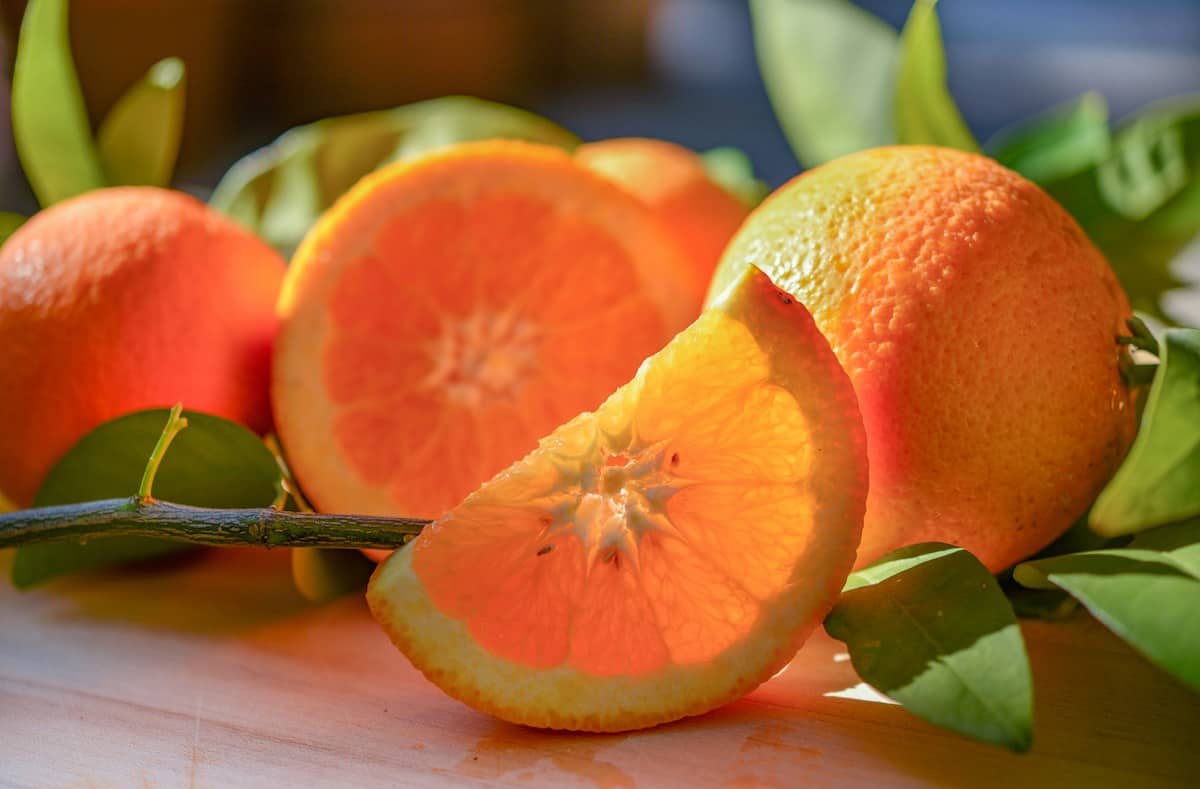
Health Benefits of Seasonal Eating
Eating in-season fruits and vegetables where you live often means eating them right after they are harvested or picked. This allows them to ripen naturally on the plant until they are ready to eat which ensures peak flavor and nutrition. Freshly harvested fruits and vegetables are higher in vitamins, minerals, and antioxidants than those that have been transported or sitting on a grocery store shelf for a long time.
Seasonal food ensures you will get a variety of fresh fruits and vegetables! Each month brings new options that contain different vitamins and minerals and gives you nutritional diversity throughout the year
If you live in a place without access to seasonal produce, getting the nourishment you need comes first. Eating frozen or canned fruits and vegetables are a great way to add nutrition to your daily intake, too!

Benefits of Seasonal Eating on the Local Economy
Purchasing local food like fresh produce at peak season from your local farmers' market is a great way to support local farmers and food producers in your area. It also supports the local economy where you live! The money spent there is invested in other small businesses in the community.
Your best bet for seasonal eating is to shop at local farmers' markets. It will vary depending on the weather and environment where you live.

Environmental Benefits of Eating Seasonally
By eating seasonal fruit and veggies, you can decrease your carbon footprint. This is because the transportation process to get produce around the globe uses all different kind of vehicles from shipping trucks to boats. There is a large amount of gas and carbon emissions in the process of the transportation of food.
So without further ado, here is a list of What's in Season in January
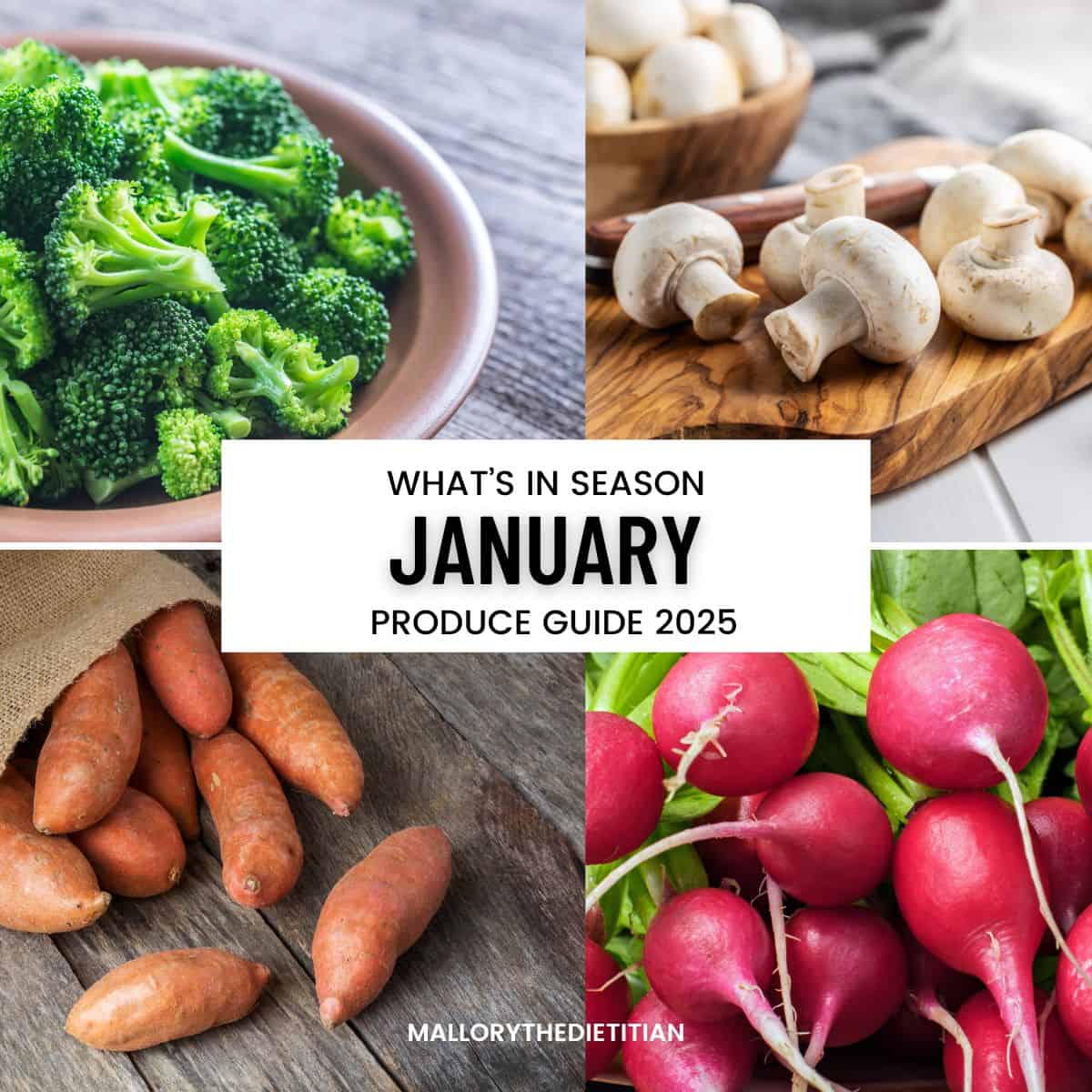
What's in Season in Texas in January
From seasonal vegetables like carrots, sweet potatoes, and collard greens to a beautiful bounty of fresh fruit like blood oranges and meyer lemons. There are plenty of flavors to play with in winter months! Here is your January Produce Guide:
- Arugula
- Beets (and beet greens)
- Bok Choy
- Broccoli
- Brussels
- Cabbage
- Carrots
- Cauliflower
- Celery
- Collard Greens
- Green Beans
- Kale
- Kiwis
- Kohlrabi
- Leeks
- Lettuce
- Melons
- Mushrooms
- Mustard Greens
- Olives
- Parsnips
- Pomegranates
- Radishes
- Rudabegas
- Spinach
- Squash
- Sunchokes
- Sweet Potatoes
- Tomatoes
- Turnips
Seasonal Recipes for January
January is a good time to visit the local markets because it's growing season for so many options to create a healthy meal with hearty vegetables and winter fruits! Whether you are hosting a holiday event or are looking for tasty recipes that make a great addition to your weekly routine, I hope you enjoy these recipe ideas!
Sweet Potato Turkey Skillet
This Sweet Potato Turkey Skillet is a quick & easy weeknight dinner recipe that tastes great AND is full of nutrition! Everything comes together in one large skillet for a simple dinner the whole family will love.
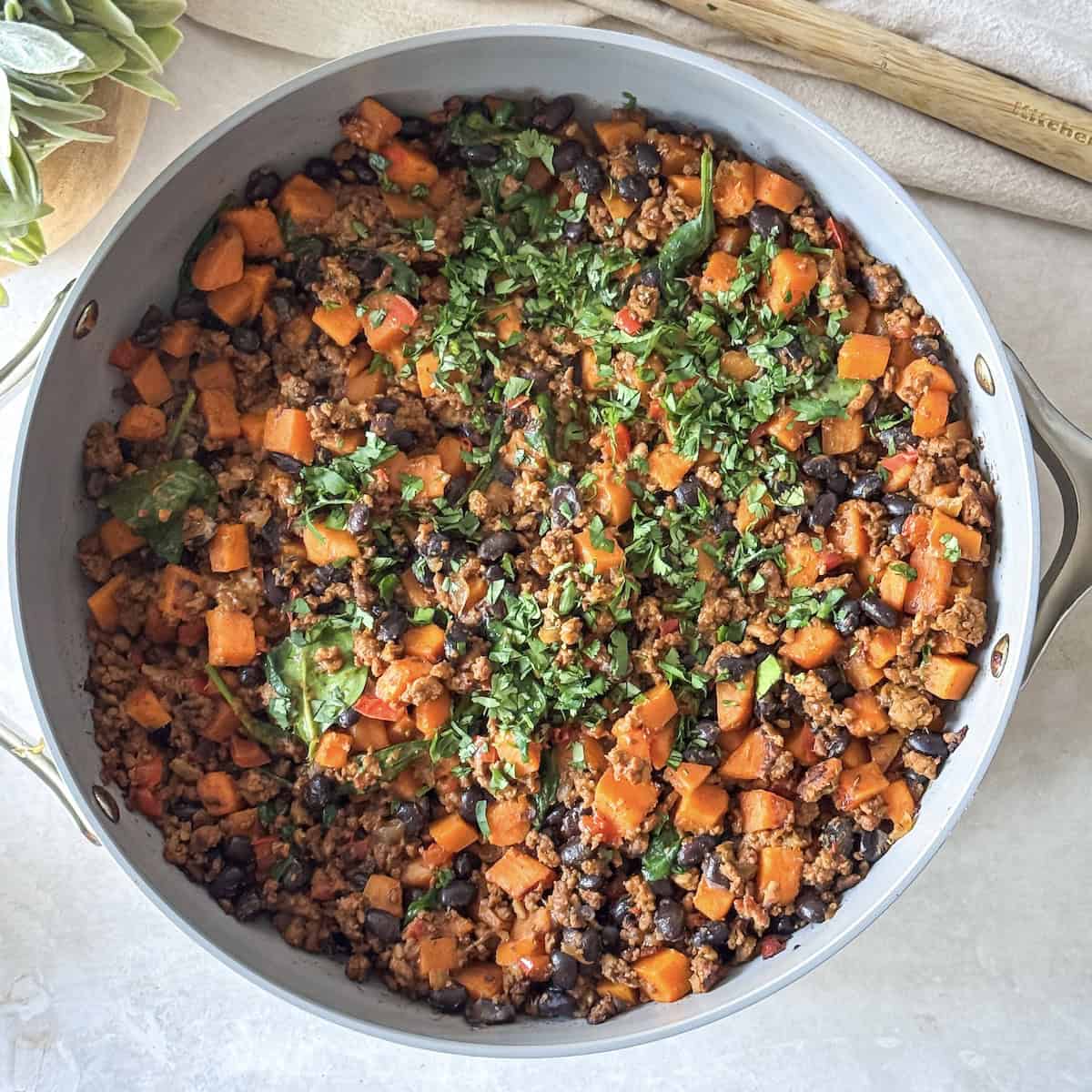
Dietitian Tip: It seems basic, but it's so easy to forget that when it comes to sticking with healthy eating, having go-to easy dinners like one-pan skillet dinners on rotation is so helpful. Especially on busy days. 😊
Nourish Bowl with Tahini Yogurt Dressing
This Easy Nourish Bowl recipe is one of my favorite ways to get in a lot of nutrition with optimal flavor! Perfectly roasted cauliflower and carrots get combined with sweet potato and crispy chickpeas - all topped off with a creamy tahini yogurt dressing to amplify the flavor.
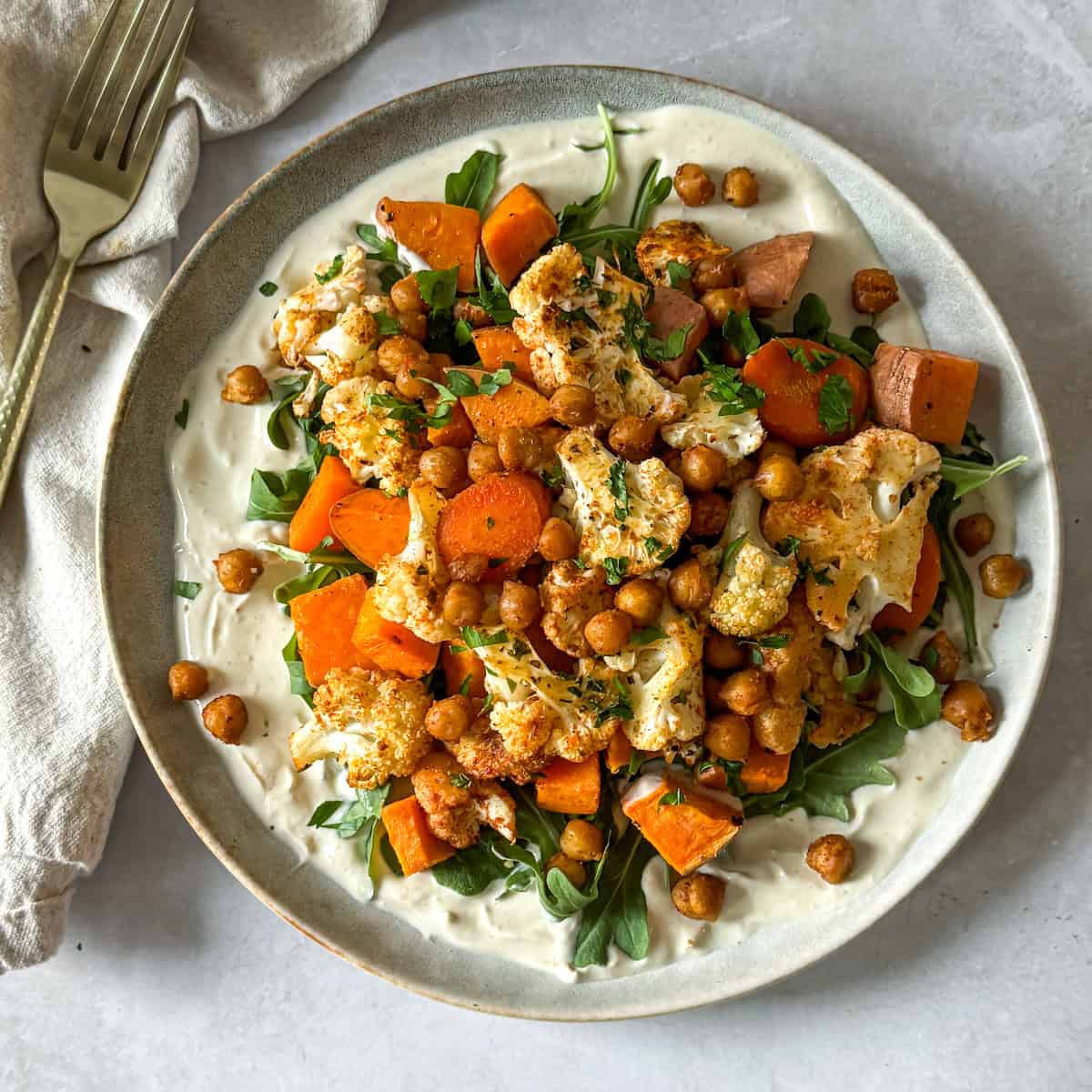
Dietitian Tip: Designate a day of the week for chopping vegetables so you have them ready to snack on or to use in recipes like this when dinnertime rolls around. This makes it more likely you will use the vegetables you buy! Habit stack by turning on your favorite playlist or podcast or spend time catching up with a friend during your designated "chopping power hour".
Asian Crunch Salad
This Asian Crunch Salad recipe is the perfect balance of crunchy, savory, and sweet. Fresh vegetables and herbs are mixed with roasted cashews and topped with a zesty lime & sesame ginger dressing. If you're into crunchy salads made with colorful and vibrant vegetables, add this to your meal prep for the week!
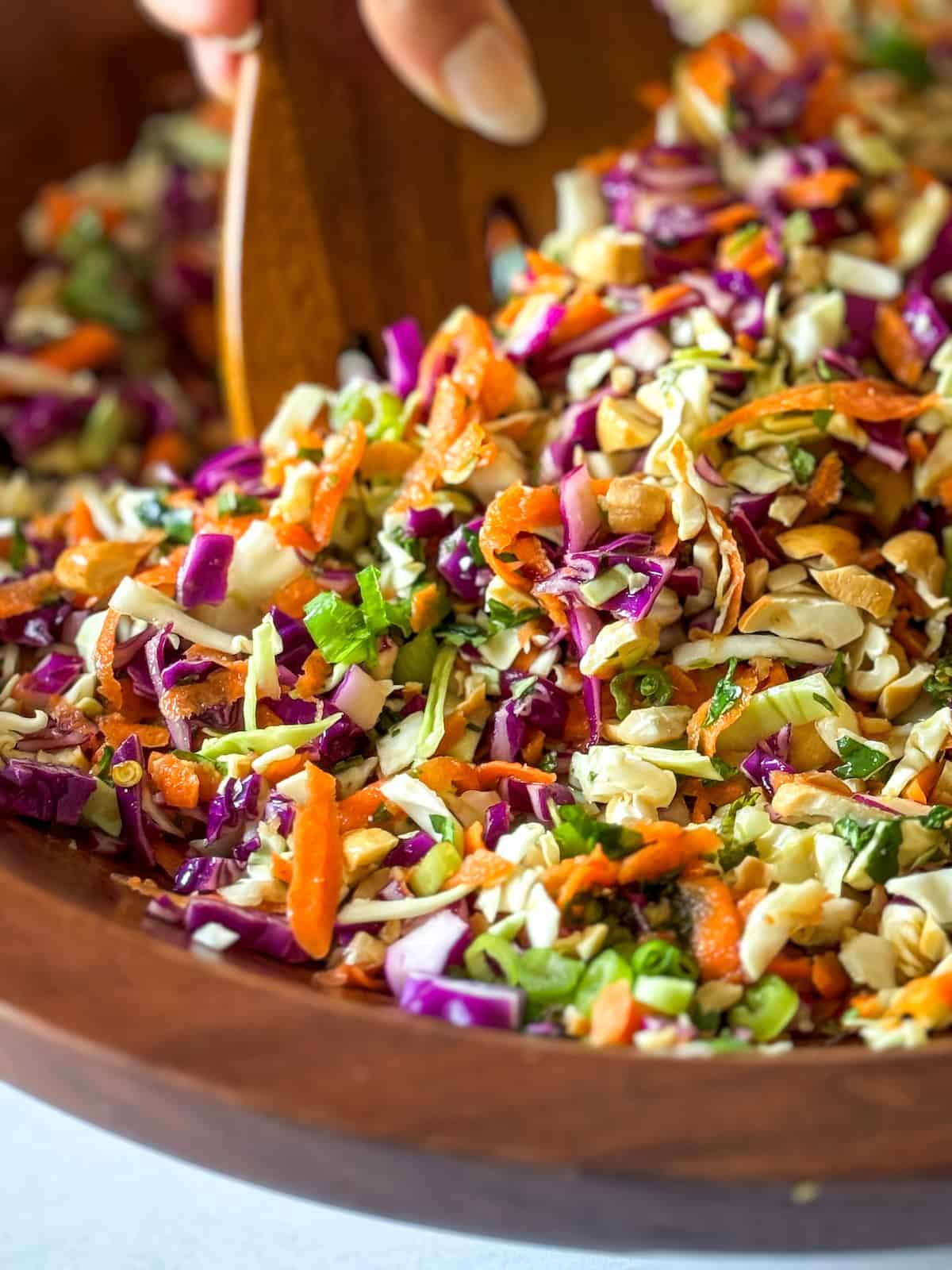
Dietitian Tip: One of the best ways to ensure you'll eat (and enjoy!) your vegetables is to make sure they taste great by choosing combinations that pair well together. And my secret weapon to convert any veggie-hater into a lover is to add a great sauce or dressing. Making a homemade dressing that contains nutrient-rich ingredients like the Lime Ginger Dressing used in this Crunchy Asian Salad is a double win: flavor + nutrition. 😊
Beet & Arugula Salad with Maple Balsamic Dressing
This Beet and Arugula Salad with Goat Cheese is a colorful and vibrant combination of flavor with sweet earthy beets, peppery arugula, and creamy goat cheese all topped with a simple homemade Maple Balsamic Vinaigrette.

Dietitian Tip: Beets contain nutrients called betalains which are plant pigments that have anti-inflammatory and antioxidant properties. And a recent research study presented in the Journal of Human Hypertension showed that both beetroot juice and cooked beets were effective at improving blood pressure and reducing inflammation in the body. Adding beets to your diet is easy with delicious recipes like this one!
Green Goddess Soup
This Green Goddess Soup is an easy nutrient-rich soup with a ton of health benefits! A creamy combination of roasted broccoli, cauliflower, and zucchini blended with sautéed kale and spinach, fresh herbs, lemon juice, and broth. Proof that vegetables can be the star of the show.
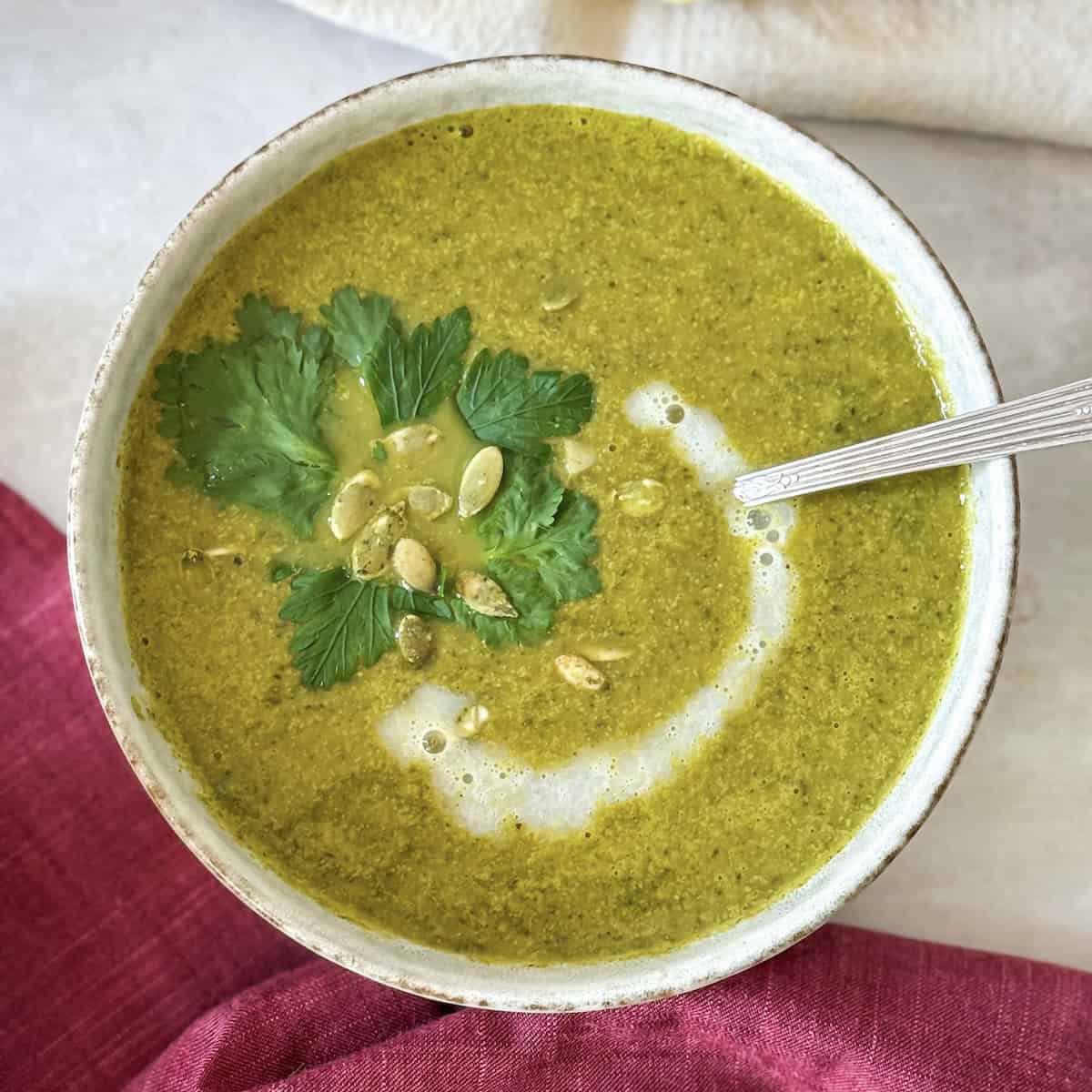
Dietitian Tip: Did you know that broccoli contains phytochemicals that have been shown to have both anti-inflammatory and antioxidant properties? It also provides vitamin C, vitamin K, B vitamins, folate, zinc, calcium, and plant protein. Roasting broccoli to serve in blended soup like this gives it a nearly caramelized flavor and is a great way to enjoy it!
In Conclusion
Using seasonal fruits and vegetables is a great way to nourish your body, protect the planet, and support local farmers and businesses in your community. In January in North America, it's a great time to buy local produce for healthy recipes to give your nutrition a good start at the beginning of the year!
Whether you shop at local farmers' markets, local grocery stores, or online market, look for some of these fruits and vegetables that are in season in January and get in the kitchen to try out a new recipe! 😊
And remember, if you live in a place without access to seasonal produce, getting the nourishment you need comes first. Eating frozen or canned fruits and vegetables are a great way to add nutrition to your daily intake, too.
References: Texas Real Food, Texas Farmers Market, Farm to Table TX, University of Maryland Medical System, Seasonal Food Guide, WebMD
Looking for More Seasonal Produce Guides?
Here are some you may enjoy!
Want More Dietitian Recipes?
Here are some you may enjoy!
Looking for Nutrition Education from a Dietitian?
Here are some posts you may enjoy!

















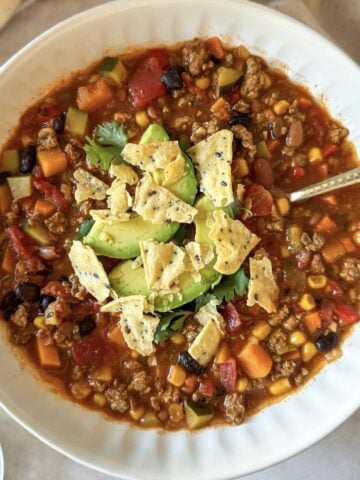



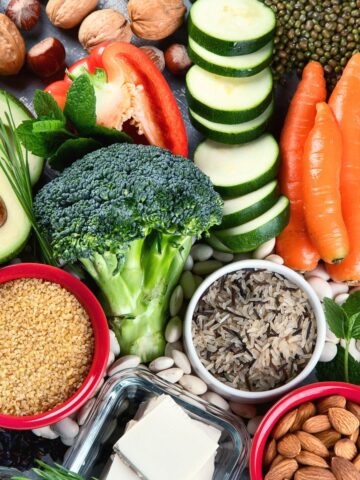



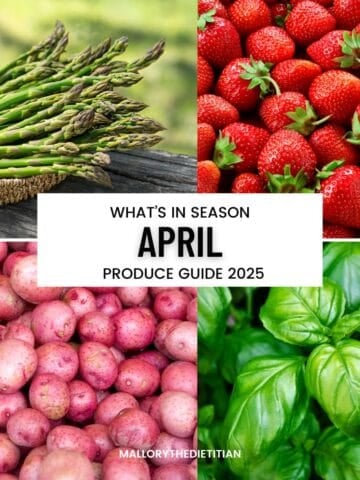
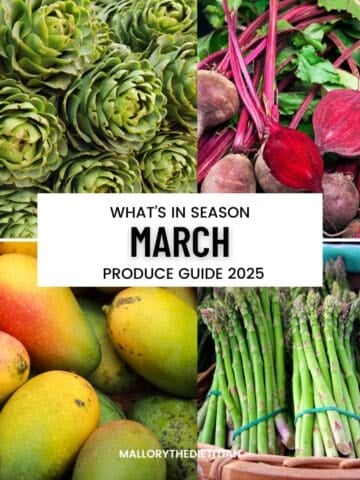
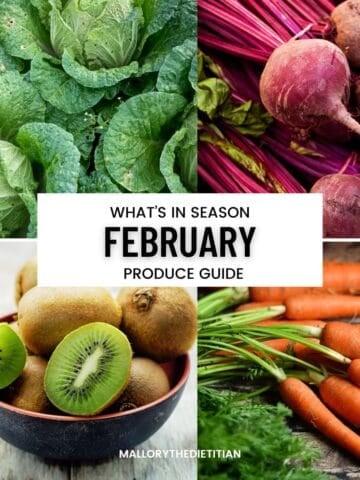
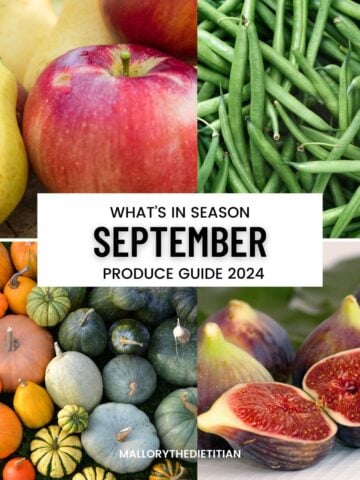
Comments
No Comments